Solution
forced labor prevention
complete visibility and control
Collect traceability data from upstream suppliers in your entire supply chain, automatically screen for risks at scale and streamline chain-of-custody documentation with AI. TrusTrace handles documentation in 100+ languages.
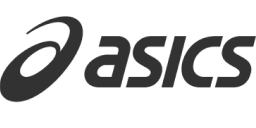
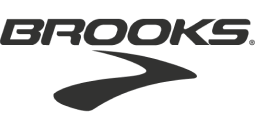
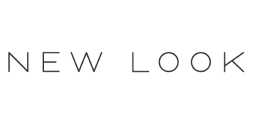
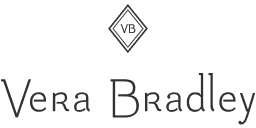

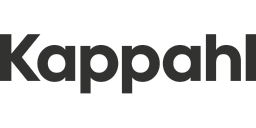

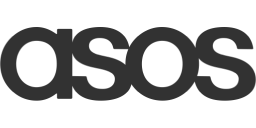



















the most comprehensive solution for forced labor prevention
Gather extensive traceability data directly from upstream suppliers and facilities and collect the evidence needed to verify compliance with trade regulations.
Automatically screen for potential risks in your entire supply chain against multiple risk databases to detect supply chain risk in time.
Assemble chain-of-custody documentation for thousands of shipments and across 100+ languages with ease using AI.
To learn more about our solution, download our guide.
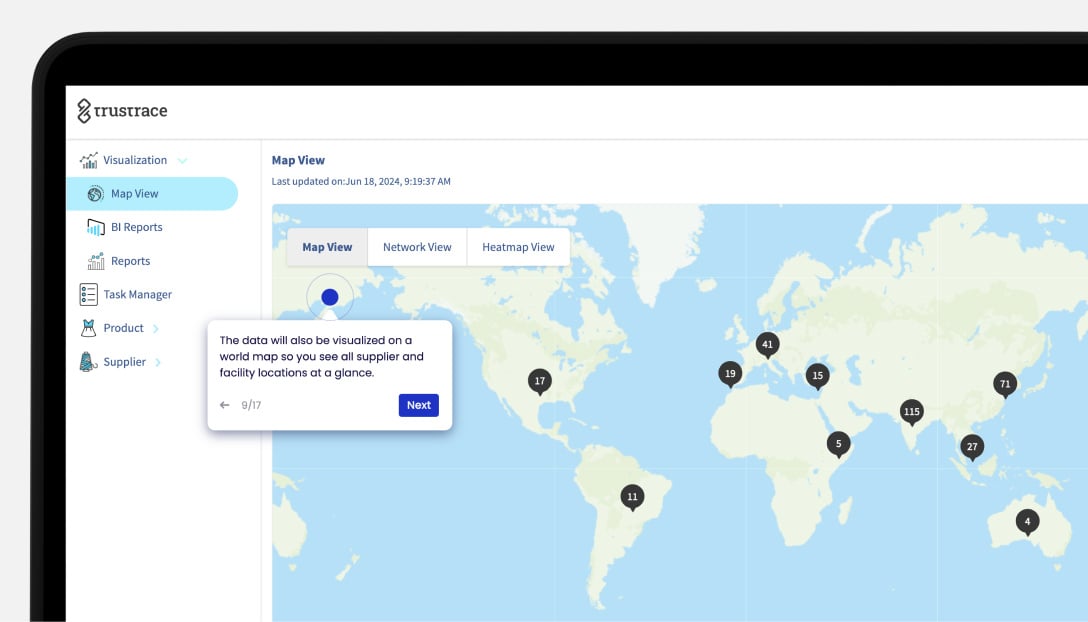
Key Features
Supply Chain Mapping
Primary Data Collection
Collect and validate up-to-date supplier data directly from your network. Compatible with most sourcing models, TrusTrace alerts about incorrect or missing documents, ensuring all essential data for forced labor prevention is collected.
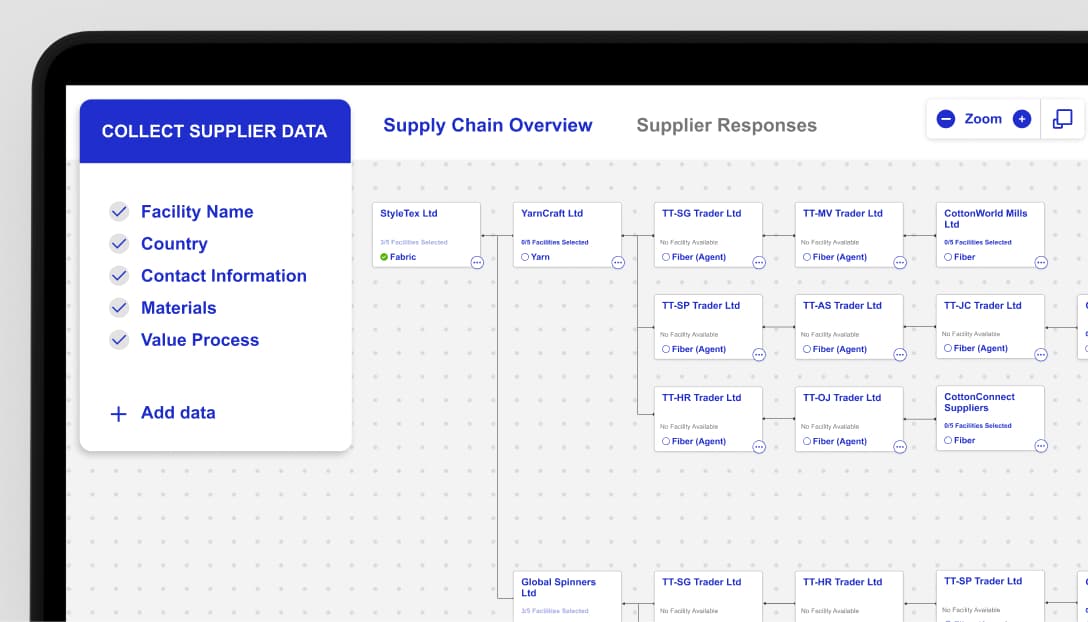
Primary Data Collection
Digitally collect granular data about suppliers and their facilities for all shipments.
Discover Upstream Suppliers
Discover indirect suppliers down to raw materials starting from Tier 1 or 2.
Multiple Sourcing Models
Supports multiple sourcing models including CMT or FPP.
Efficient Data Templates
Efficiently collect the data as defined by the regulations with pre-defined templates.
Supply Chain Mapping
proactive risk screening
TrusTrace connects with the CBP Entity List and leading third-party risk databases to give you shipment-level visibility. Proactively detect, mitigate, and manage risks in a timely manner. Maintain overview with advanced visual dashboards and reporting.
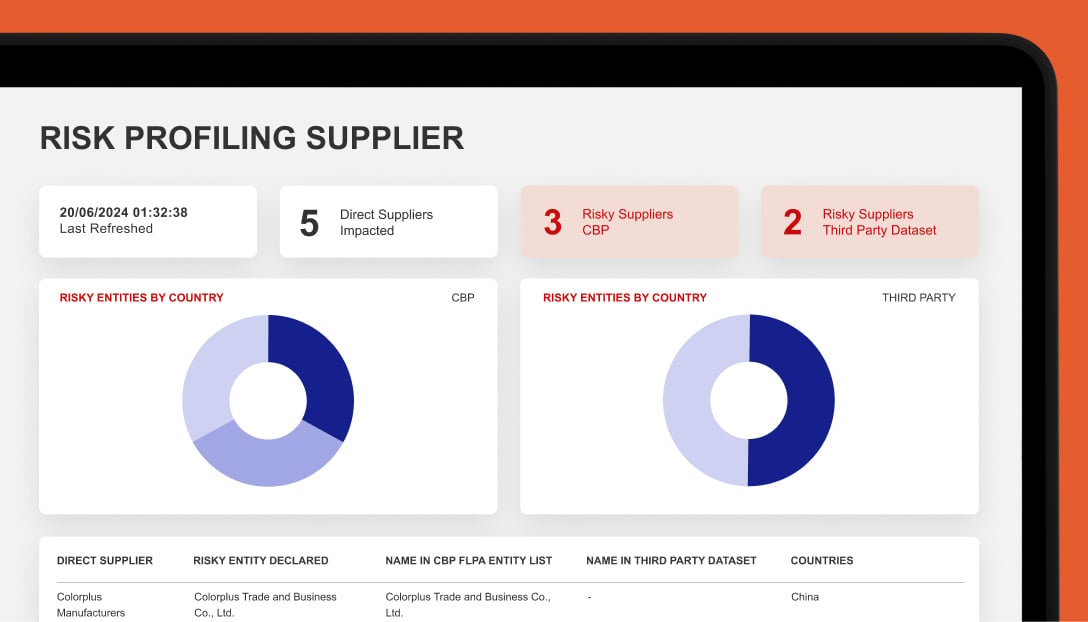
Automatic and Continuous
Automate continuous risk screening of your shipments or entities.
Check Against Databases
Cross-check with multiple databases including the CBP Entity List and other third party databases.
Instant Alerts
Get immediate alerts as soon as something is flagged to your selected channels.
Dashboards
Get an overview with dashboards and stay on top of high-risk shipments and supply chains.
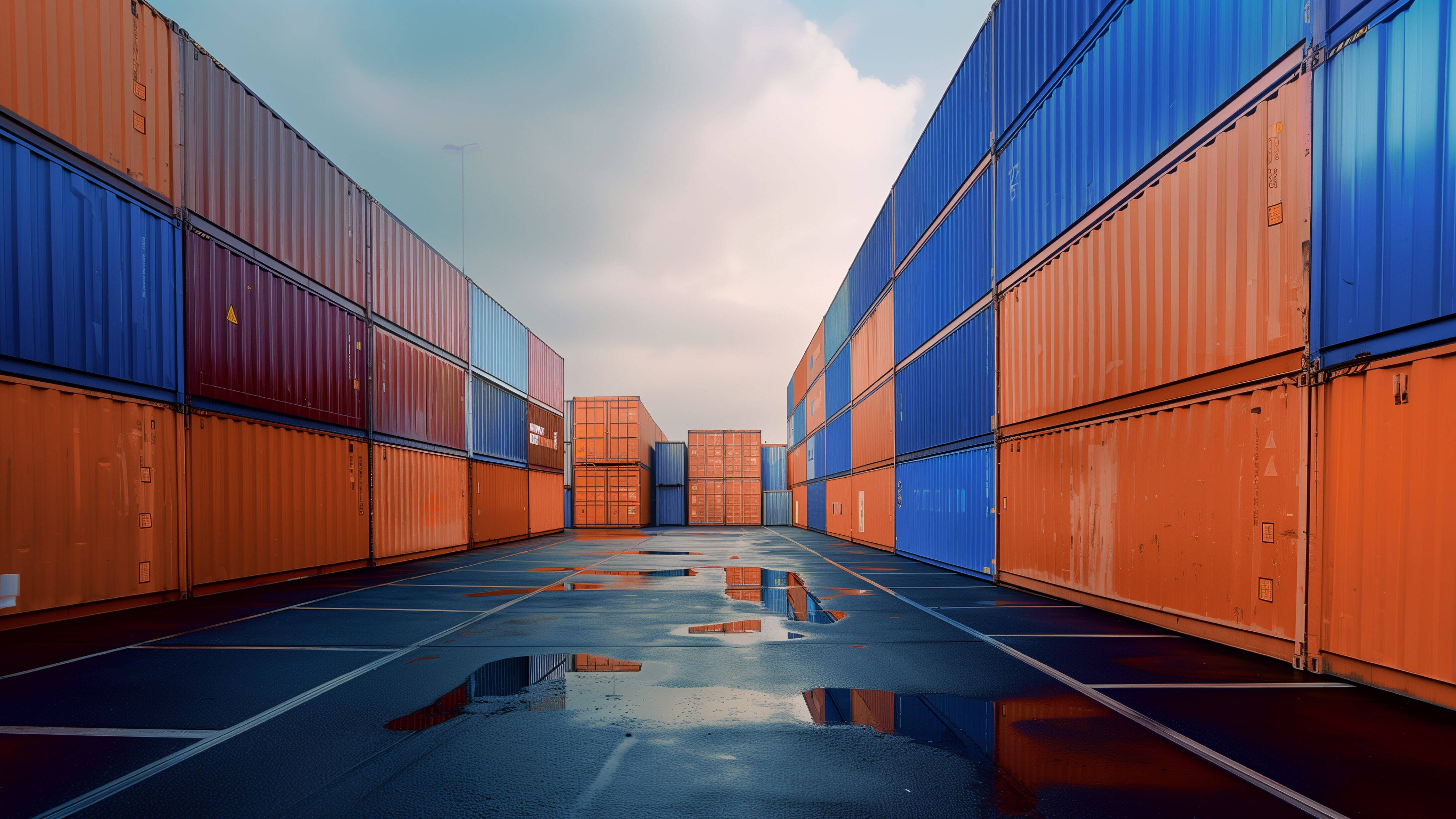
Swift Trace
AI-Powered Digital Chain of Custody
With data templates built-in, collecting the upstream documentation for compliance has never been easier. Our AI engine sorts the evidence for each shipment in seconds and assembles a chain of custody for submission to authorities.
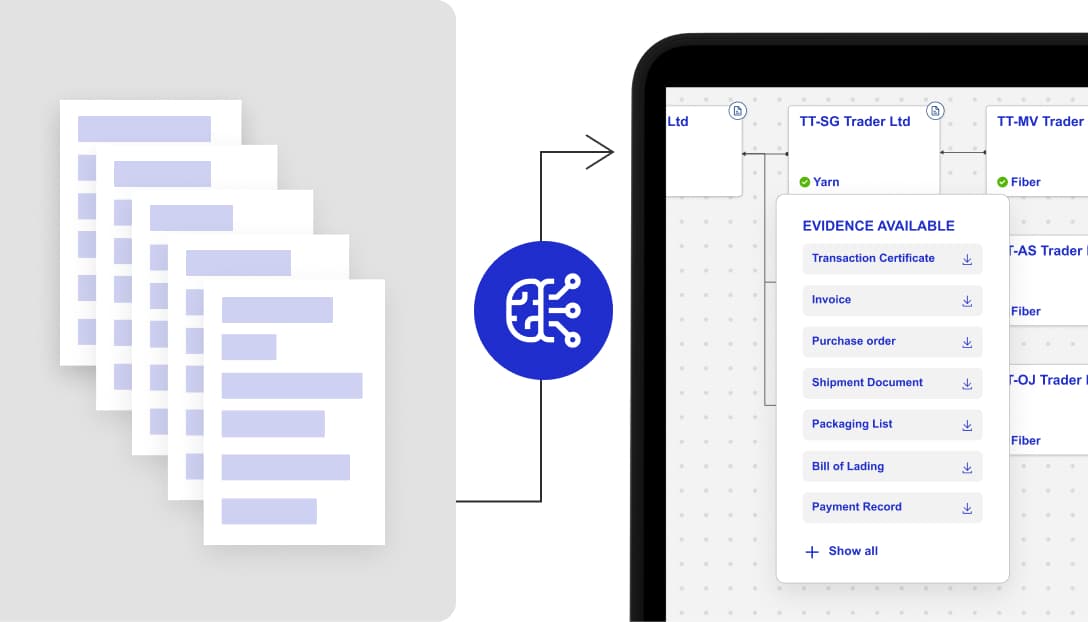
Easy for Suppliers
Evidence and document upload is streamlined with drag-and-drop capabilities.
Automatic Classification
Documents are automatically classified by document type as soon as they are uploaded.
Smart AI Translations
TrusTrace translates and classifies documents in 100+ languages into English for streamlined reporting.
Evidence Checklist
Not sure what evidence is needed? Be certain about which documentation you need to have per shipment with the Evidence Collection Checklist.
Swift Trace
Automated Evidence Validation
Turn on alerts to stay on top of incorrect or outstanding documents, and maintain efficiency around supply chain compliance.
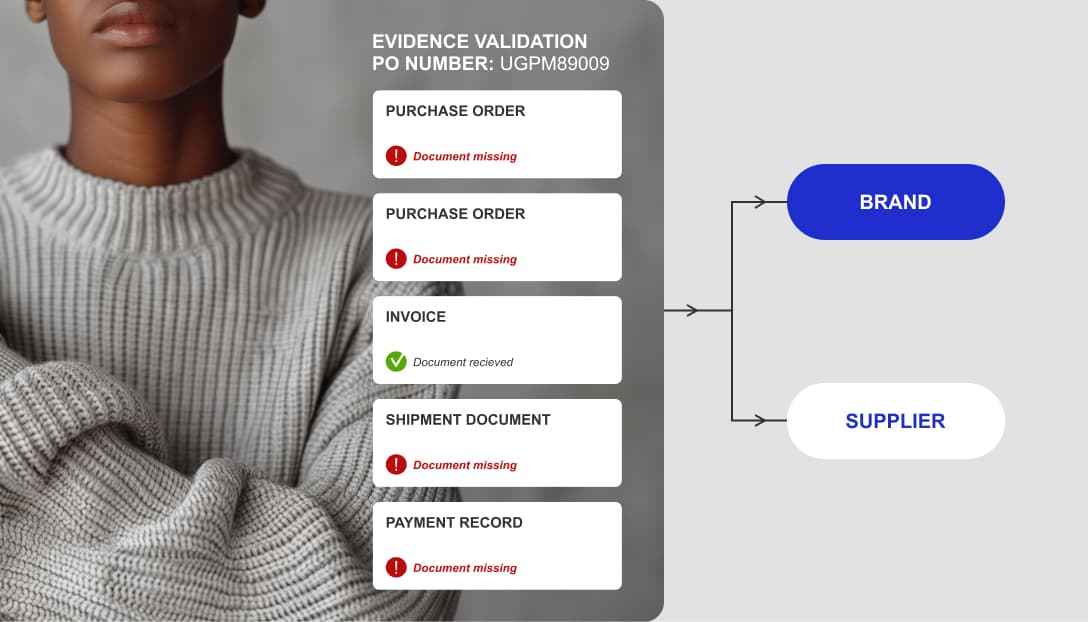
High Volume
Validate high volumes of evidence with the help of automated workflows.
Precise Data
Minimize data errors with automated evidence validation.
Less Errors
Minimize errors with the aid of automation data collection and processing.
solutions
Explore the modules in this solution
Learn more about the modules powering our Forced Labor Prevention solution. TrusTrace speeds up your supply chain traceability and evidence collection for Forced Labor Prevention commitments with the help of Supply Chain Mapping and Swift Trace.
ready to trace?
Take control of your supply chain risk, compliance, and impact with the world's leading traceability platform for fashion, footwear and textile supply chains. Start by speaking with the TrusTrace team today.
